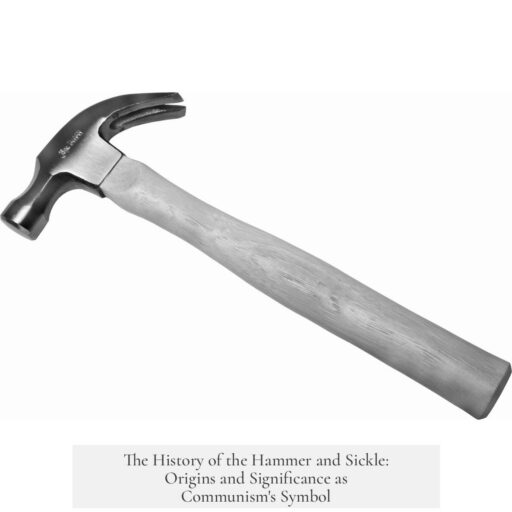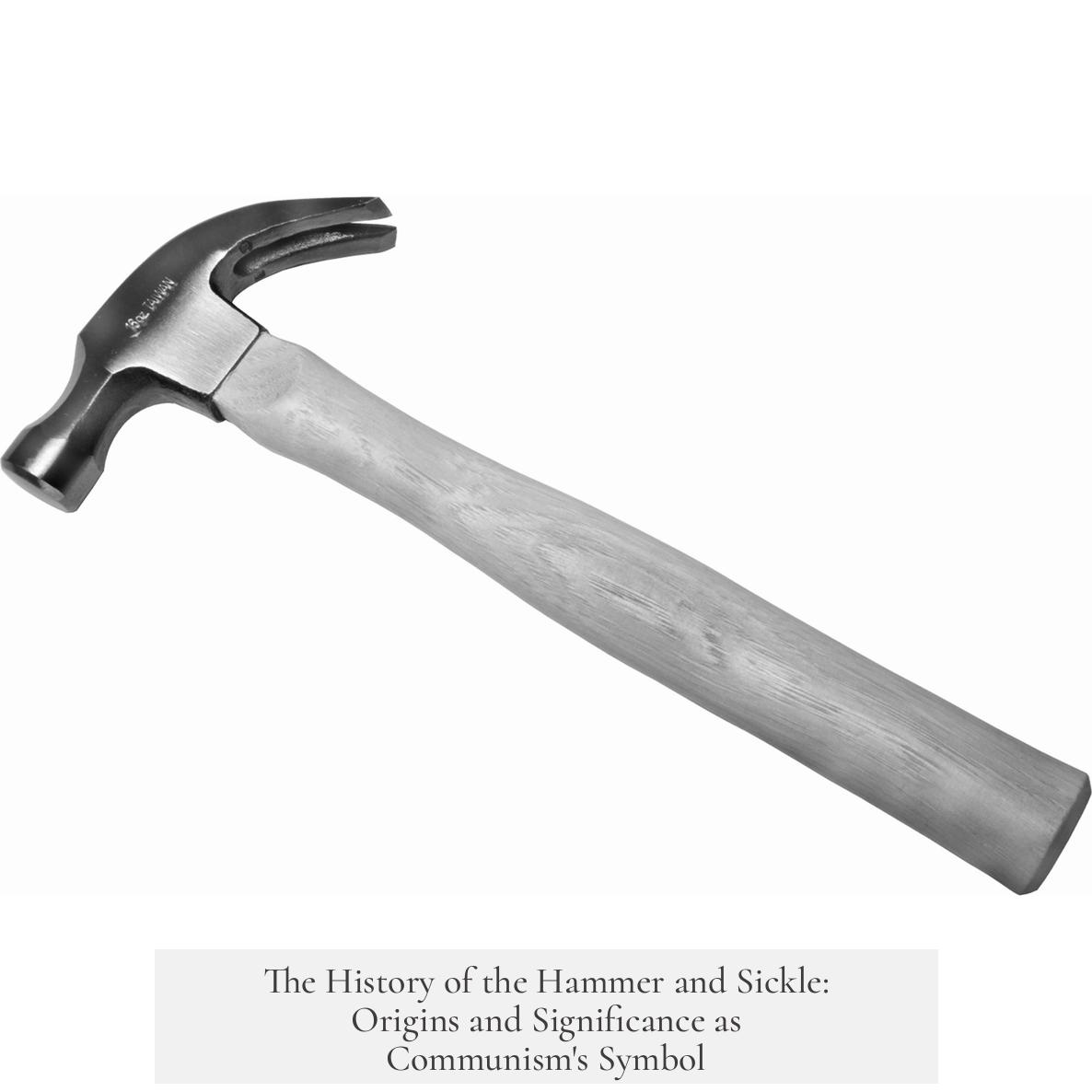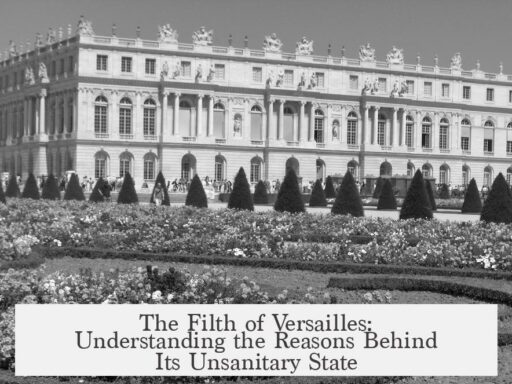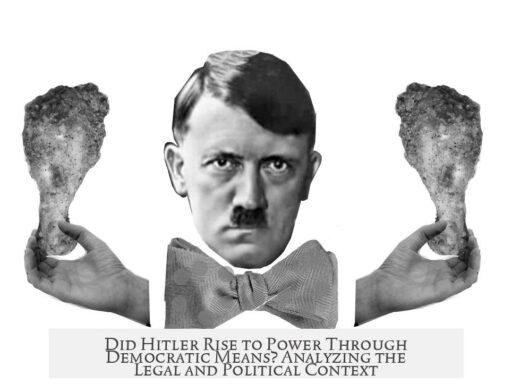The hammer and sickle came into existence as the symbol of communism in 1918, emerging from the Russian Revolution and representing the unity of industrial workers and peasants. It officially appeared on Soviet documentation on July 10, 1918, and soon became the emblem of Soviet Russia and global communism due to its clear symbolism and political significance.
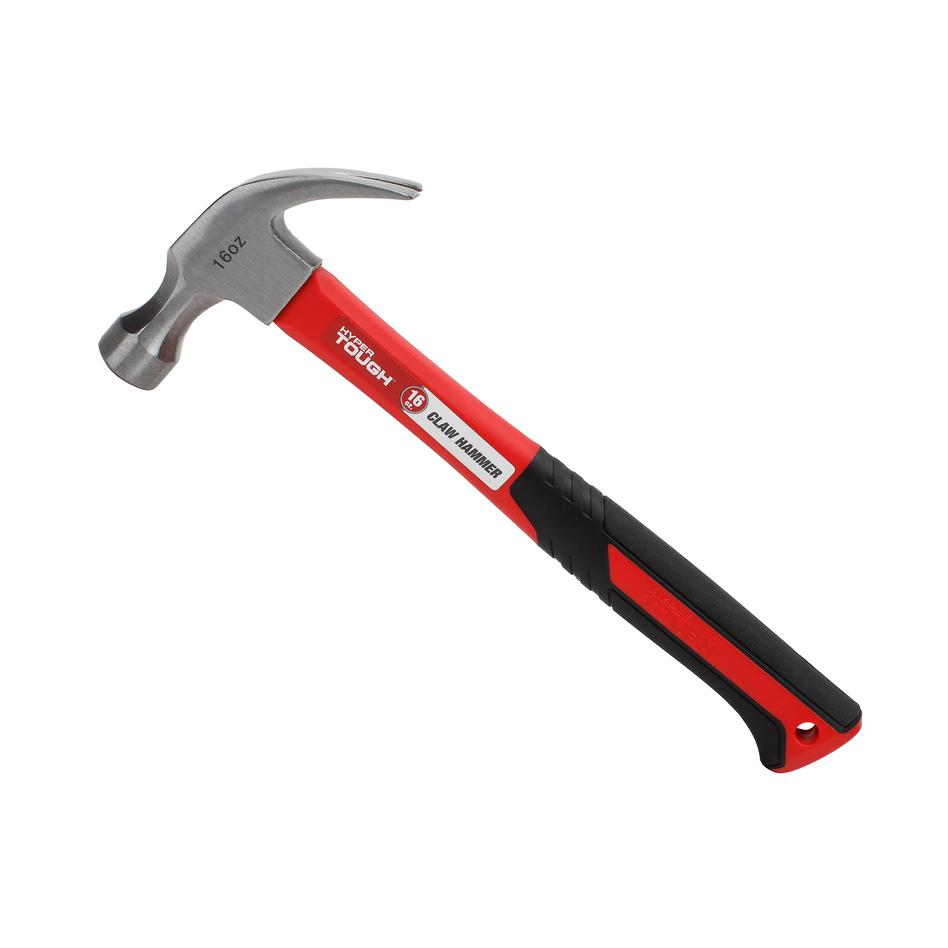
Before the symbol’s creation, the Bolsheviks used the color red and imagery related to workers, such as a worker wielding a hammer, during and following the 1917 October Revolution. Red was already established as a color connected with socialism and social-democratic movements in the 19th century. Images emphasizing a worker with a raised hammer appeared in revolutionary banners and May Day celebrations of 1918, symbolizing industrial labor and strength.
The sickle was introduced shortly after as a counterpart representing the peasant class, critical in Russia’s largely agrarian society. Initially, a plow symbol stood for the peasants in military uniforms issued to Red Army recruits by an order dated May 8, 1918. This order mandated a ‘Star of Mars’ badge featuring a hammer and plow. However, by May 1922, the plow was replaced by the sickle on official medals, refining the emblem’s agricultural representation. This change better evoked the image of harvesting, a key peasant activity.
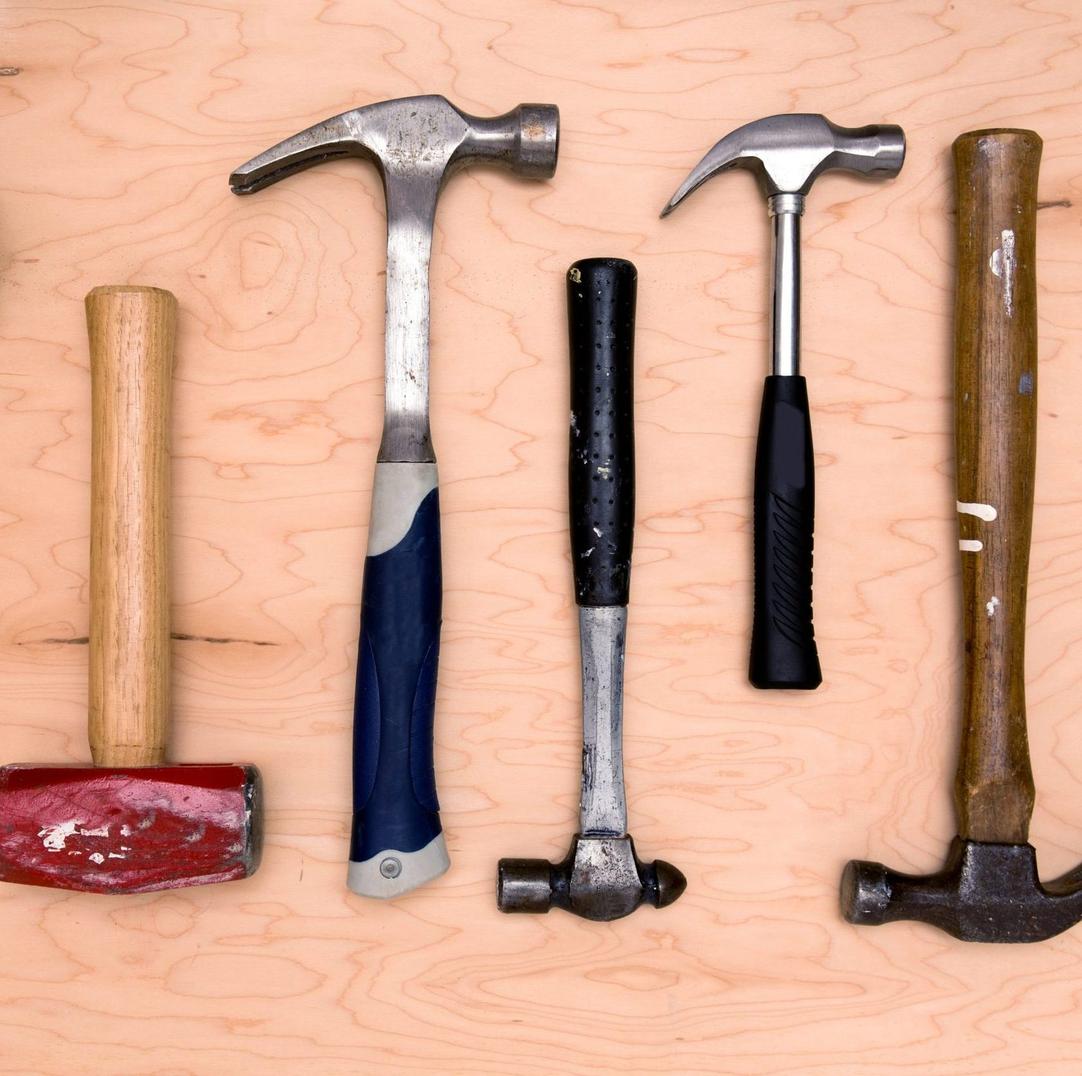
Russian historians date the first official appearance of the combined hammer and sickle to July 10, 1918. This was when it appeared on documentation from the Fifth Congress of Soviets. This date marks the emblem’s formal adoption by the Soviet government, giving it political legitimacy as a state symbol.
The symbolism behind the hammer and sickle reflects the Bolshevik vision of the proletariat—the working class coalition that was central to their ideology. The hammer embodied industrial workers, while the sickle represented peasants. Together, they symbolized the unity of these two main social classes responsible for the revolution and the building of a socialist state. Lenin and other Bolshevik leaders believed that a worker-peasant alliance was essential for the success of a socialist revolution, particularly in Russia’s context, which lacked a large industrial workforce but possessed a substantial peasant population.
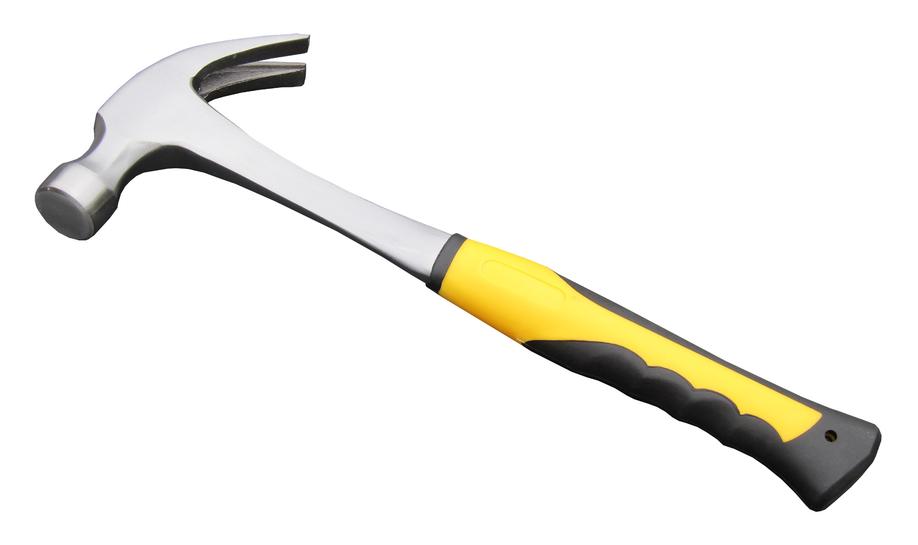
Following the revolution, the newly formed Soviet government sought to create distinctive symbols to mark its break from the past. Lenin and Anatoly Lunacharsky, then head of the Commissariat for Enlightenment (Narkompros), organized a contest inviting artists and designers to submit proposals for a new state seal. The winning design featured a crossed hammer and sickle, surrounded by a wreath of grain, a rising sun, and a sword.
However, Lenin opposed including the sword, wanting the emblem to convey unity and progress rather than militarism. After revisions, the final design kept the hammer and sickle crossed at the center, framed by the rising sun and grain wreath but excluded the sword. The emblem was officially adopted in August 1918 as Soviet Russia’s national symbol.
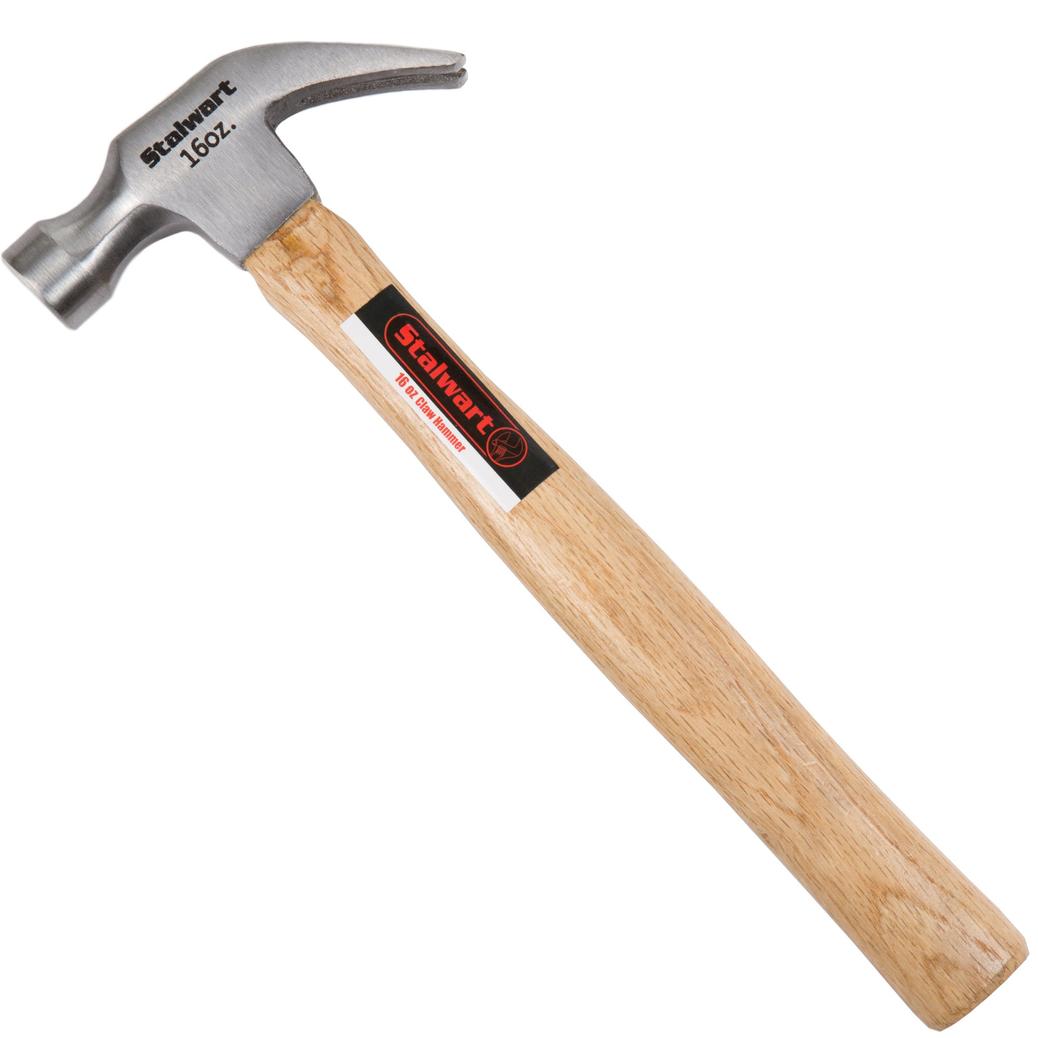
As the first nation to establish a communist government, the symbols adopted by Soviet Russia, particularly the hammer and sickle, spread globally as icons of communism. The emblem became synonymous with communist parties, movements, and regimes worldwide. Its simple yet meaningful design made it a powerful symbol of proletarian unity, socialist revolution, and the workers’ and peasants’ shared struggle.
| Aspect | Details |
|---|---|
| First Use | July 10, 1918, on Soviet official documents |
| Components | Hammer (workers), Sickile (peasants), Grain wreath, Rising sun |
| Design Approval | After Lenin removed the sword in August 1918 |
| Symbolism | Unity of industrial workers and peasants; proletarian solidarity |
| Global Spread | Adopted worldwide by communist parties and states after Soviet Union’s rise |
- The hammer and sickle symbol first appeared officially in July 1918, marking Soviet power.
- It merges worker and peasant symbols — hammer for industry, sickle for agriculture.
- The emblem represents the sought-after alliance of proletariat classes in Russia.
- Lenin influenced the final design by rejecting militaristic elements like the sword.
- It became a global icon of communism as Soviet influence expanded internationally.
When, How, and Why Did the Hammer and Sickle Become the Symbol of Communism?
The hammer and sickle symbol, representing the unity of workers and peasants, officially came into existence in July 1918, shortly after the Bolsheviks seized power in Russia. Let’s unpack the story behind how this iconic emblem came to represent communism worldwide.
Picture this: it’s 1917, Russia is in turmoil. The Bolsheviks just pulled off the October Revolution. They need a new identity—something powerful, something visible. But no official symbol yet. They do have the colour red—long associated with social democratic revolutions—and images of a worker wielding a hammer, thanks to banners from May Day celebrations in 1918. The hammer symbol clearly kicks off the narrative, highlighting industrial workers.
Early Steps: Red and Hammers
Red was the colour of rebellion and change. It had been waving at protests since the 1800s and now it flashes as the backdrop for a new era. The hammer? It stood for industrial workers, the backbone of the emerging Soviet state. The hammer in a raised hand appeared in revolutionary banners, a symbol of building a new world.
But what about peasants? After all, Russia’s population was mostly agrarian.
The Sickle Joins the Party
Approximately a week after the hammer gained prominence, the sickle came into the picture. Initially, the Soviet military uniforms featured a plow, symbolizing the peasant class, while the hammer stayed for the worker class. According to the Military Commissariat’s order dated May 8, 1918, all Red Army recruits got a “Star of Mars” badge with a hammer and plow.
But wait, the plow didn’t stick around for long—by May 1922, it got replaced by the sickle on military medals. Now, why the sickle? It was a sharper, more instantly recognizable tool of agriculture. It fit the visual language better and conveyed the peasant struggle vividly.
July 10, 1918: Official Birth of the Hammer and Sickle
Russian historians pinpoint the official first public use to July 10, 1918. At the Fifth Congress of Soviets, the image of the hammer and sickle appeared on official documents for the first time. This made it the legitimate symbol representing the Soviet government and its ideological heart—the unification of industrial workers and peasants. Pretty symbolic, right?
Why This Symbol? The Socialist Worker-Peasant Alliance
Why combine hammer and sickle? The answer lies in the core of Bolshevik ideology. Capital ‘P’ Proletariat wasn’t just factory workers but a broader class, including peasants. Lenin and his comrades believed that a socialist revolution could only succeed by uniting these two groups.
Russia, in 1917, was not England or Germany; it was mostly farmers with a handful of workers. The hammer represents industry perfectly. The sickle covers agriculture. Together, they form a banner for a coalition that was, in the Bolsheviks’ eyes, critical for the new society.
From Contest to National Emblem: The Visual Identity Takes Shape
The Bolsheviks quickly realized they needed more than slogans—symbols matter. Lenin and Anatoly Lunacharsky, leading the Commissariat for Enlightenment, organized an art contest to design a new seal representing the new state.
- The winning design featured a crossed hammer and sickle, a wreath of grain, a rising sun, and a sword.
- Lenin, ever the pragmatic leader, objected to the sword—he wanted to project peace and strength through unity, not violence.
- After a revision, the sword was dropped. The emblem that remained showed a crossed hammer and sickle, framed by the sun’s rays and wheat sheaves.
- By August 1918, this emblem became official, a logo for the Soviet Union itself.
The Hammer and Sickle Goes Global
As the first country to successfully implement a proletarian revolution, Soviet Russia became a beacon for communist movements worldwide. Naturally, the hammer and sickle – as a symbol authentic to the Bolshevik revolution – spread far beyond Russia. Across continents, workers’ parties and communist movements adopted the emblem. It became synonymous with communism.
Think of it as the original “brand logo” for socialism’s promise of equality for workers and peasants everywhere.
What Makes This History Relevant Today?
Understanding “when, how, and why” this symbol appeared helps us appreciate more than just the icon itself. It sheds light on the social realities and political needs of a turbulent Russia. It also explains why the symbol connects deeply with labor movements versus just abstract ideology.
Next time you see the hammer and sickle, remember it represents the effort — the sweat of workers and farmers who were key to shaping a world order they hoped would be fairer.
To Wrap It Up
Here’s the quick timeline you need:
- October 1917 — Bolsheviks seize power, no official symbol yet.
- May 1918 — Hammer appears representing workers on banners; red is the colour of revolution.
- May 8, 1918 — Order introduces hammer and plow on military caps.
- July 10, 1918 — First official use of hammer and sickle on Soviet documents.
- August 1918 — National emblem featuring hammer and sickle is adopted.
- 1922 — The plow officially replaced by the sickle.
The hammer and sickle aren’t just relics or propaganda tools. They are a snapshot of history—a concise emblem reflecting the twin pillars of Russia’s revolutionary society: industrial workers and rural peasants united.
In 1918, with revolutionary fervour high, leaders wanted a visible badge of unity. They found it with two simple tools crossed, forever framing the hope, struggle, and ideology of a new society on the rise.
